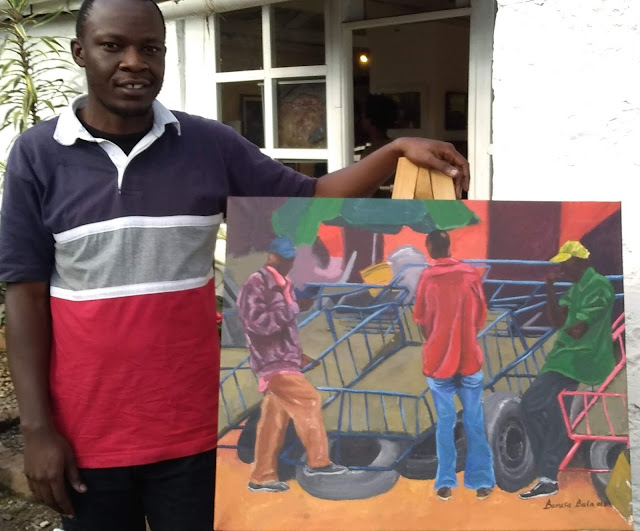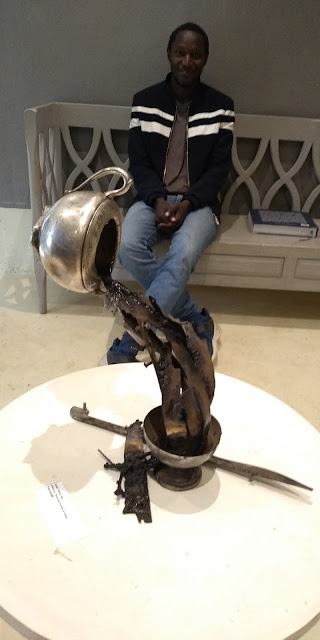By
Margaretta wa Gacheru (31 October 2018)
The Third
edition of the Kenya International Theatre Festival opens next week at Kenya
National Theatre, organized by Kenyatta University and the founder of KITF,
Kevin Kimani who’s a graduate student at KU.
The six-day
festival, which runs from 6th - 11th November, will
feature theatre troupes performing from all over the world including Kenya.
There will also be a two-day conference when a number of theatre practitioners
and academics from Kenya and elsewhere will share ideas. That will happen on 7th
-- 8th November.
The theme of
this year’s KITF is “The Paradoxes of State Aid in the Growth of Theatre in
Kenya.” It’s a topic that will be tackled initially by the Keynote speaker, Dr
Charles Kibaya of Southeastern University in Kitui. There will also be
presentations given by thespians and academics from US, Egypt and Kenya.
The Kenyans participating
will span a broad spectrum of the local theatre scene. They include thespians
like Mueni Lundi of The Performance Collective, Tash Mitambo of Renegade
Ventures, Eliud Abuto formerly with the Festival of Creative Arts, Keith
Pearson of The Theatre Company and George Orido of the Standard newspaper among
others.
The topics
they will discuss range from taking theatre to the people, unity among theatre
actors and theatre and media to gender and theatre practice in Kenya, puppetry
and participatory theatre to running a successful theatre company.
Despite the
Festival being a six-day affair, there will hardly be breathing space for people
who want to take part in scintillating discussions on the past, present and
future of theatre in Kenya but also attend the myriad plays being performed by
troupes coming from around Africa, Europe and the States.
On the Festival’s
opening day alone, there will be six performances, one by an Egyptian troupe,
one by Rwandese, another by Ugandans and three by Kenyans, one a collaboration
with a Ugandan company, another a ‘collabo’ with an American university
dramatizing Muthoni Garland’s book, ‘Tracing the Scent of my Mother.’
Every other
day will feature just one play per day, either from Sweden, Rwanda, Uganda or
Kenya. But on the weekend, there will be two performed on Saturday (one from
South Africa) and on Sunday, the festival’s closing day, there promises to be
five more productions, from Kenya, Uganda and Rwanda.
So theatre
lovers need to leave their schedules open to attend as many new plays next week
as possible.










